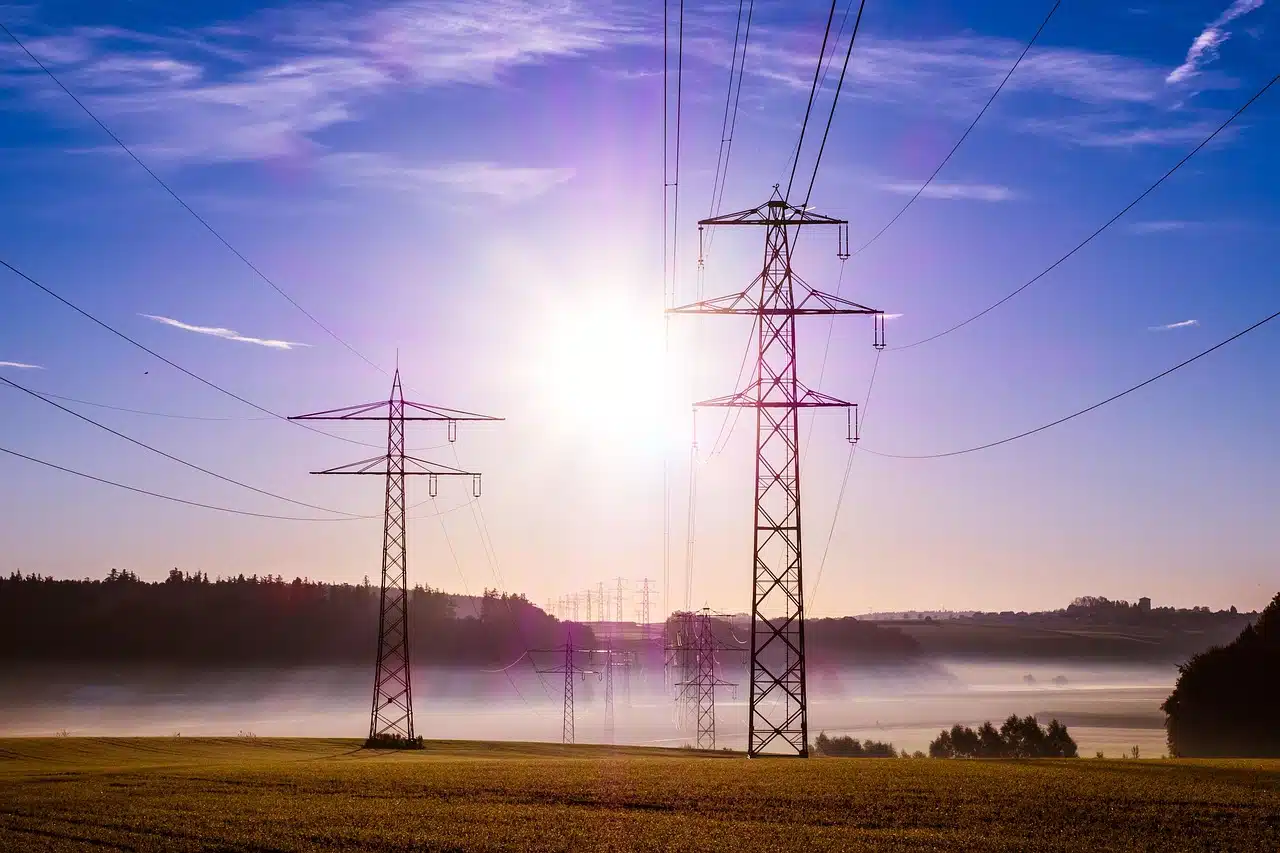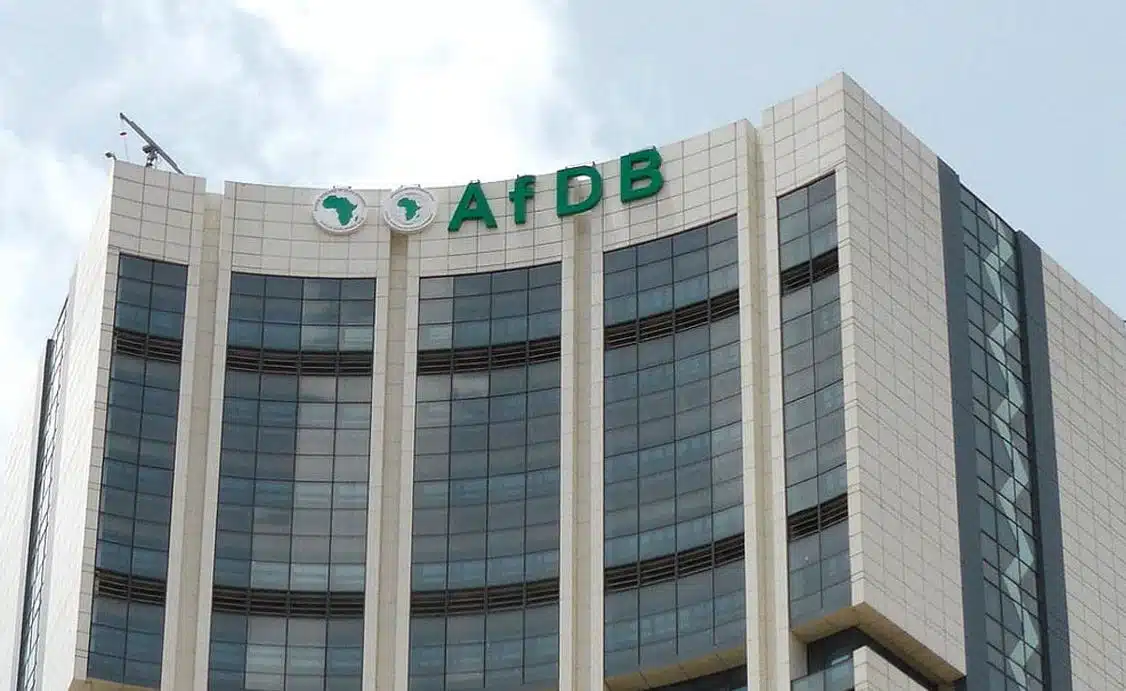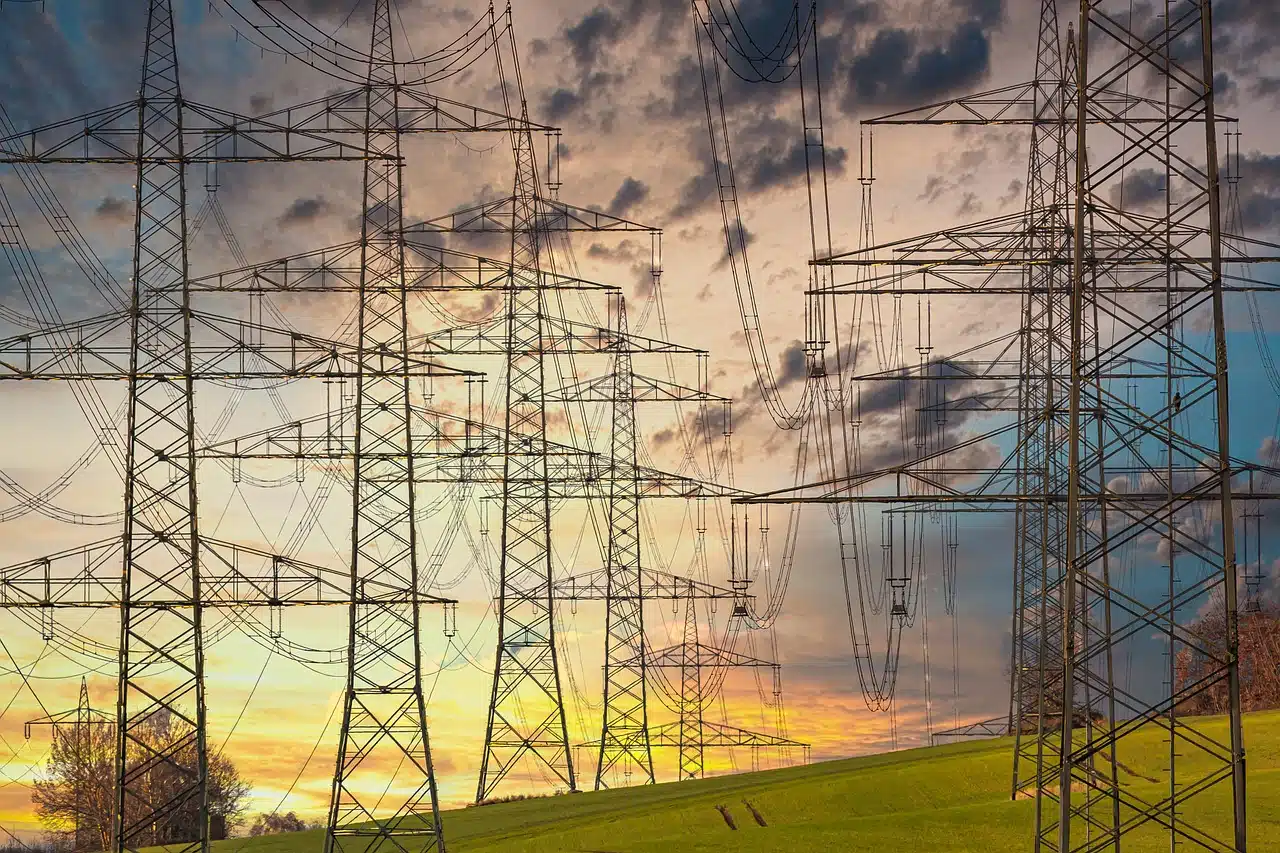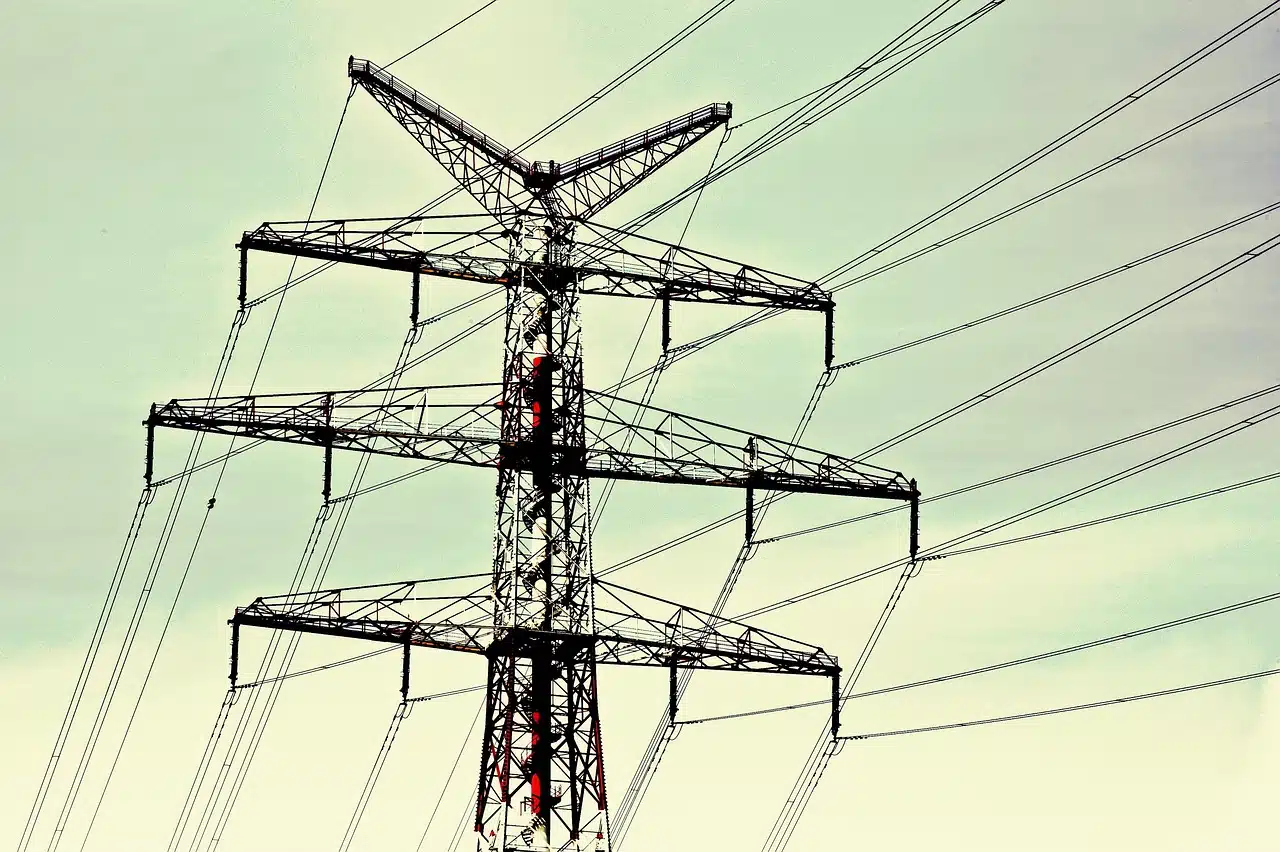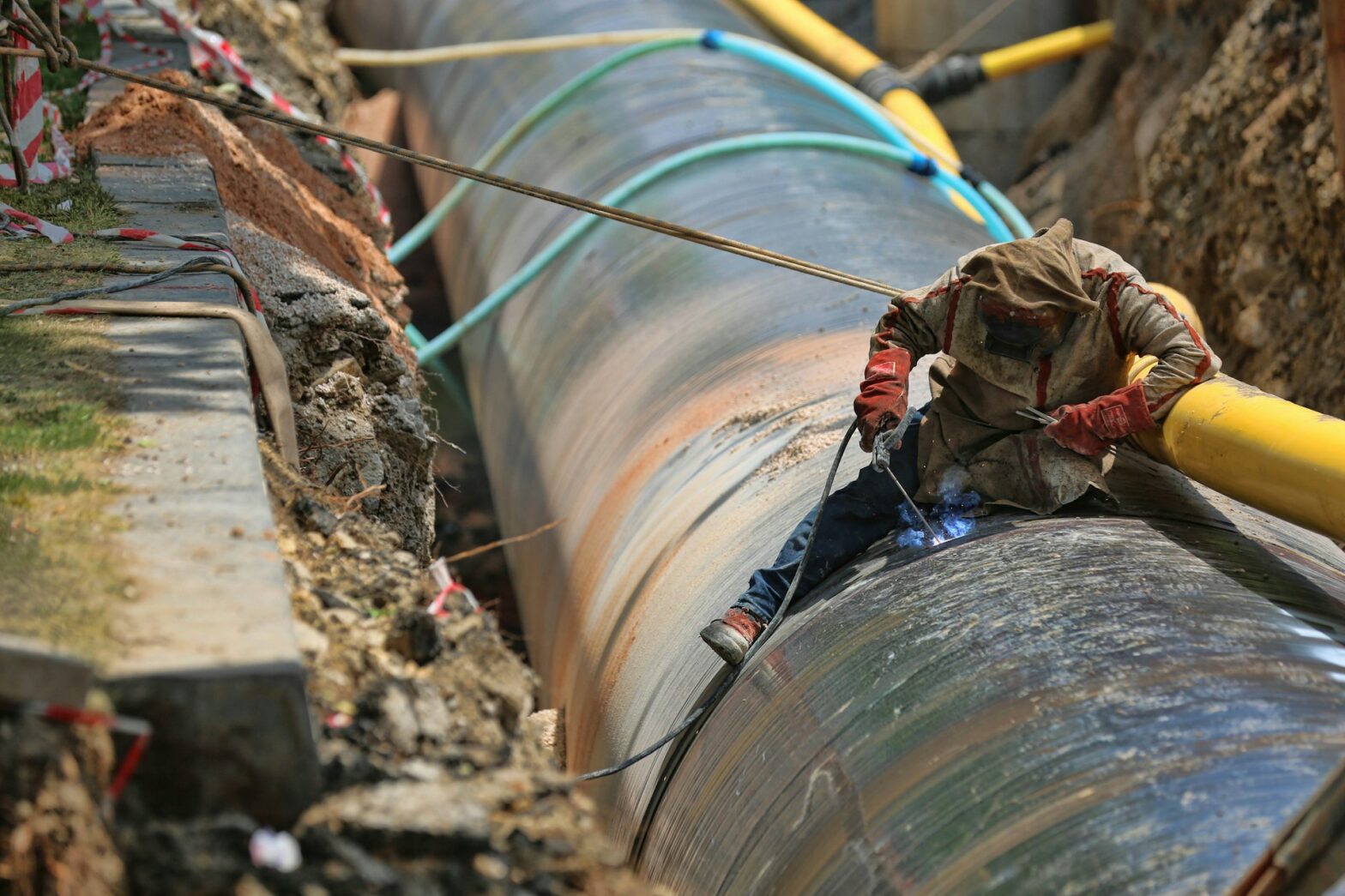A unit at Koeberg Nuclear Power Station, South Africa’s sole nuclear power facility, unexpectedly tripped, taking the whole facility offline and further stretching supply to the nation’s already-constrained grid.
Unit 2 at the Koeberg facility in Cape Town “experienced an unplanned, non-technical trip while operating at full capacity,” state-owned utility Eskom Holdings SOC Ltd. said in a statement on Sunday.
The company also stated that the reactor will be reconnected to the national grid within 48 hours.
Unit 1 is offline for work that’s part of what the company called a long-term operation program. When online together, the reactors are capable of delivering about 1,940 megawatts to the network.
“While the trip did not necessitate the implementation of loadshedding which remains suspended, Eskom acknowledges that overall, generation capacity remains constrained,” it said, using the local term for scheduled power cuts.
South Africa’s nuclear regulator in July gave Eskom permission to run Unit 1 for another two decades as the country’s electricity supply remains a cause for concern.
The decision is a relief for the utility whose mostly coal-fired plants are prone to breakdowns that trigger scheduled power cuts that hinder the economy.
Koeberg power station, north of Cape Town, is currently the only commercial nuclear power plant in Africa and its two units contribute around 1,860 megawatts or 5% of national power supply.
Last weekend, Eskom took 6,000 megawatts of power supply offline, the most stringent power cuts in a year after multiple generating units at the state utility failed, raising questions about the turnaround in the company’s performance.
Challenges with South Africa’s power sector
The latest reactor shutdown highlights ongoing challenges with Eskom’s power sector, which is struggling as a result of ageing coal fired plants, which provide most of South Africa’s electricity.
Regular breakdowns at these facilities have led to frequent power cuts, disrupting businesses and households in Africa’s most industrialised economy.
Stage 6 load shedding, introduced last month, forced Eskom to shed 6,000 megawatts (MW) from the grid to avoid a total system collapse.
Although the recent recovery has eased some pressure, Eskom has not yet announced when the power cuts will end permanently.
With South Africa facing persistent energy challenges, Eskom’s efforts to stabilise the grid remain critical as the country navigates another year of power supply disruptions.



